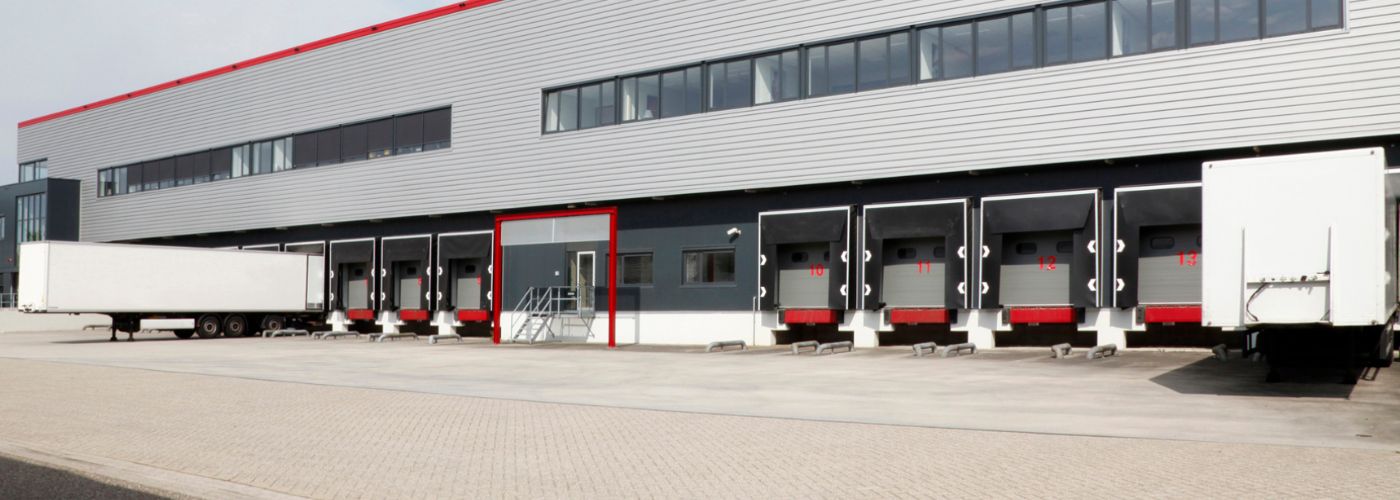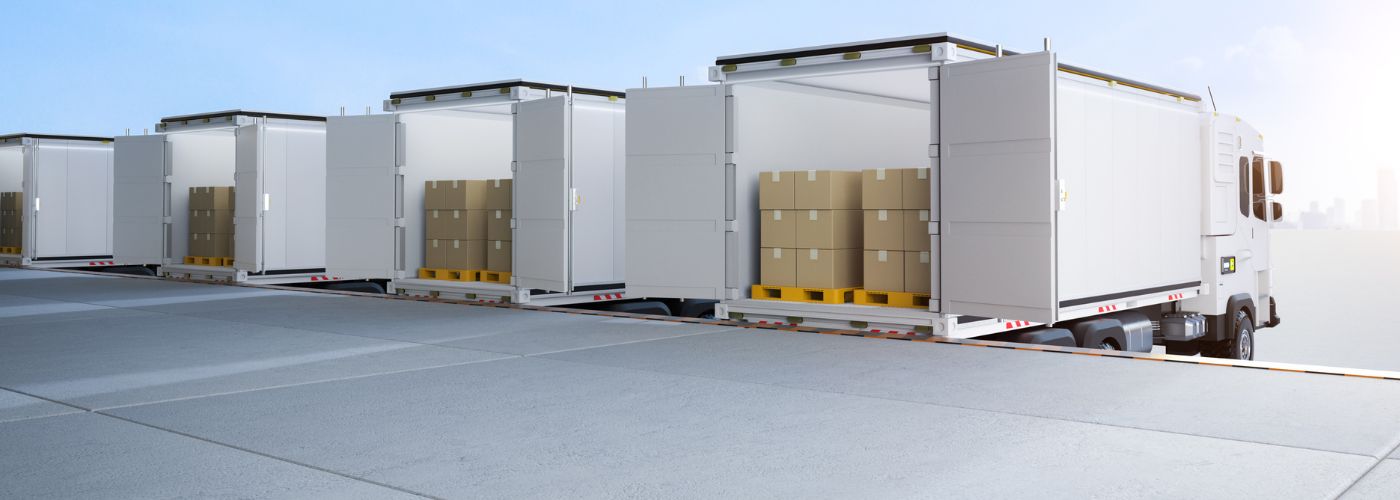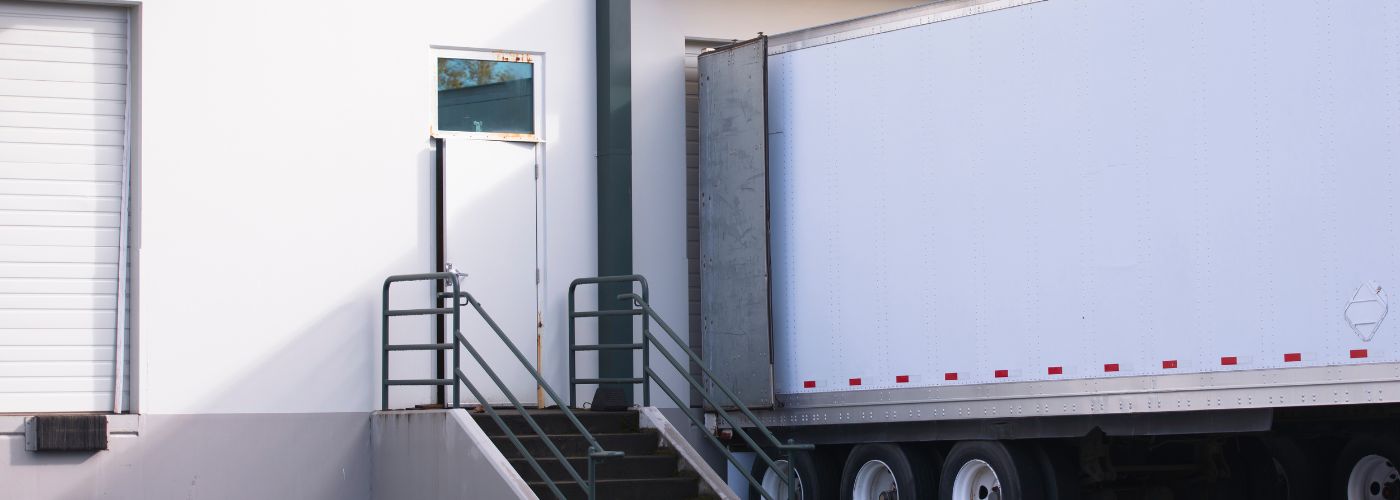If you’re considering a loading dock installation, you’re likely aware of its pivotal role in the smooth operation of a business. A well-designed loading dock not only facilitates efficient loading and unloading but also contributes to the overall safety of the workplace.
In this guide, we’ll explore the essential aspects to consider when embarking on a loading dock installation journey, covering the basics of loading docks, the standard height, building ramps, and the necessity of fall protection.
What Is A Loading Dock?
A loading dock serves as a crucial interface between a facility and the transportation vehicles arriving for loading or unloading. A loading dock serves as a designated area where goods are transferred between the facility and delivery vehicles, streamlining the logistics process.
Loading docks come in various configurations, accommodating different types of vehicles and goods. With the help of a dependable loading dock installation and repair company, you can make sure your loading dock meets your exact expectations and needs!
How High Is A Standard Loading Dock?
The height of a standard loading dock is a critical consideration to ensure seamless coordination between trucks and the loading dock platform. The typical height ranges from 48 to 52 inches.
This standardization allows for compatibility with a wide range of truck bed heights. When planning a loading dock installation, it’s essential to assess the types of trucks that will be serviced to determine the most suitable dock height for your specific needs. Remember that effective and comprehensive planning, from space requirements to picking the right loading dock bumpers, all contribute to an efficient and well-run warehouse.
How To Build A Loading Dock Ramp
In situations where the height of the loading dock and the truck bed doesn’t align perfectly, a loading dock ramp becomes a valuable addition. Building a loading dock ramp involves careful planning and adherence to safety standards. Here’s a step-by-step guide on how to construct a loading dock ramp:
Determine Ramp Type: Assess the space and layout to determine the appropriate type of ramp. Common types include straight ramps, switchback ramps, and switchback ramps with a platform.
Calculate Slope and Length: Calculate the required slope and length of the ramp based on the height difference between the loading dock and the truck bed. The slope should comply with safety regulations to ensure easy and safe navigation.
Choose Materials: Select materials that provide durability and stability. Steel and aluminum are popular choices for their strength and resistance to weather conditions.
Design a Non-Slip Surface: Incorporate a non-slip surface on the ramp to enhance safety, especially in inclement weather. This could involve adding textured materials or non-slip coatings.
Install Handrails and Guardrails: Install handrails and guardrails along the sides of the ramp to prevent accidents and ensure the safety of individuals traversing the ramp. Loading dock lights also play a crucial role in ensuring overall safety.
Consider Load Capacity: Determine the expected load capacity of the ramp to accommodate various weights of goods being transported. Ensure the ramp is designed to handle the intended load without compromising safety.
Adhere to Regulations: Familiarize yourself with local building codes and regulations governing the construction of loading dock ramps. Compliance ensures the ramp meets safety standards and legal requirements.
Do Loading Docks Require Fall Protection?
Ensuring fall protection measures at loading docks is crucial for the safety of personnel and visitors. Falls from loading docks can result in serious injuries, making fall prevention a top priority. Consider the following measures to enhance fall protection:
Guardrails and Barriers: Install guardrails and barriers around the perimeter of the loading dock to prevent accidental falls. You should ensure these structures are sturdy, meet height requirements, and are properly maintained.
Safety Gates: Implement safety gates that can be securely closed when the dock is not in use. Safety gates add an extra layer of protection, especially during loading and unloading activities.
Visual Warning Systems: Use visual warning systems such as bright markings, safety signs, and signal lights to alert individuals to potential hazards near the edges of the loading dock.
Training Programs: Provide comprehensive training programs for employees and personnel working in and around the loading dock area. Training should cover safety protocols, fall prevention measures, and emergency procedures.
Regular Inspections: Conduct regular inspections of fall protection equipment and structures. Promptly address any issues or damage to ensure continuous effectiveness. Investing in fall protection measures not only prioritizes the well-being of individuals but also mitigates potential liabilities associated with workplace accidents.
A successful loading dock installation involves careful consideration of dock height, the construction of ramps when necessary, and the implementation of robust fall protection measures.
By focusing on these key elements, you can ensure a loading dock that not only meets operational needs but also prioritizes the safety of everyone involved. Whether you’re in the planning stages of a new loading dock or considering upgrades to an existing one, this guide serves as a valuable resource for informed decision-making.


